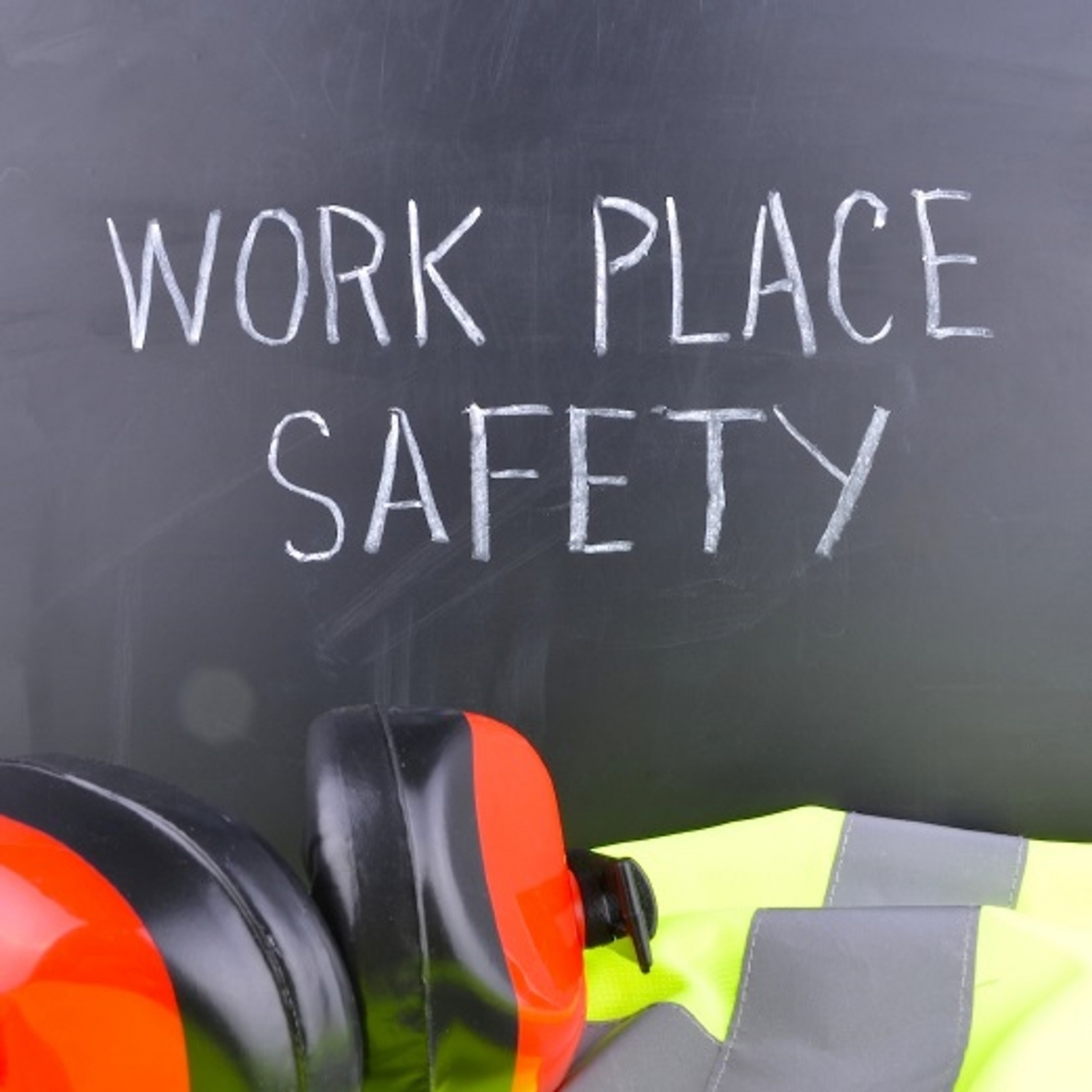OSHA Updates Recommended Practices for Safety and Health Programs Guidelines

On October 21, 2016, the federal Occupational Safety and Health Administration (OSHA) released a set of Recommended Practices for Safety and Health Programs to update OSHA’s 1989 guidelines. The updates reflect the countless changes in the economy, workplaces, and evolving safety and health issues since its first release 30 years ago.
The Recommended Practices combine an easy-to-use format with a step-by-step approach to help employers in implementation of a workplace safety and health program. According to OSHA, these new guidelines provide a straightforward approach based around seven core elements, each of which are implemented by completing several action items. The seven core elements are:
- Management leadership.
- Worker participation.
- Hazard identification and assessment.
- Hazard management and control.
- Education and training.
- Program evaluation and improvement.
- Communication and coordination for host employers, contractors, and staffing agencies.
According to OSHA, the older, traditional approaches are generally reactive rather than proactive. Traditional practices often address a problem after an incident occurs; however, with these new standards and practices the goal is to find and fix hazards before the damage, injury, or illness. The new guidelines outline the core elements, provide tools (downloadable templates, worksheet, and reference materials), related case studies, additional resources covering all the core elements, and the ability to download all the recommended practices for quick reference and application.
For employers, it’s important to note that these new guidelines are for advisory purposes only and do not create new OSHA requirements or safety laws for employer compliance. Regardless, the guidelines — intended to be significantly helpful in small and medium-sized workplaces — may be used in any workplace to create a comprehensive yet flexible framework for addressing workplace safety and health issues
Originally published by www.thinkhr.com

 Prev
Prev

